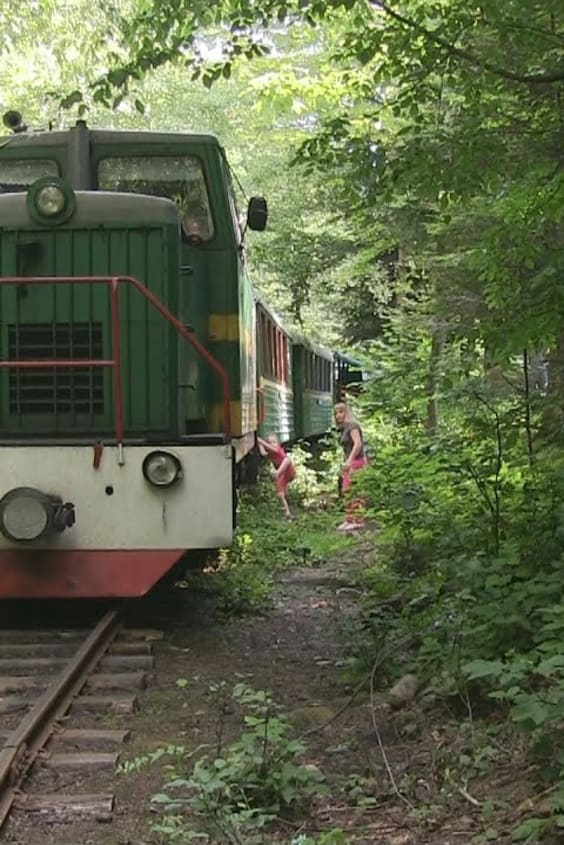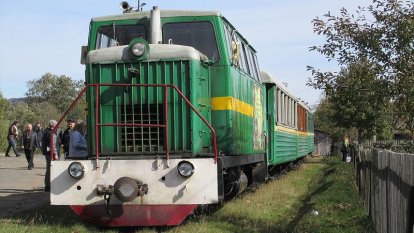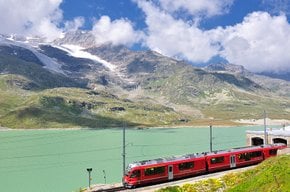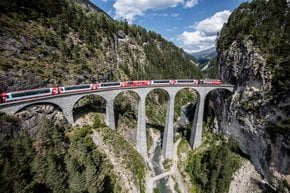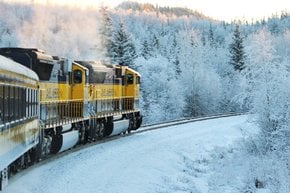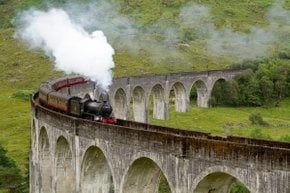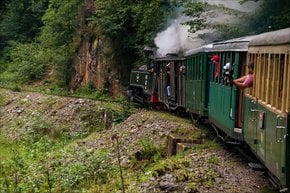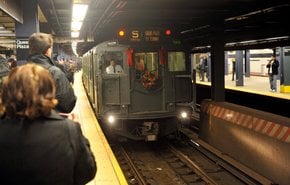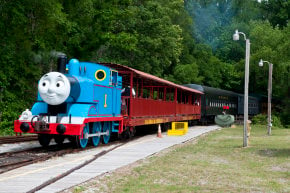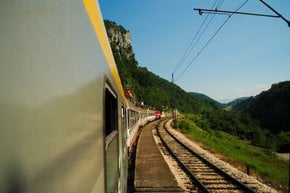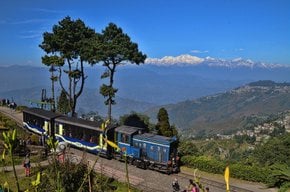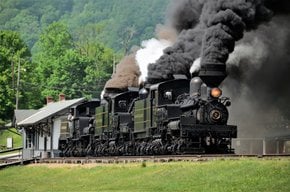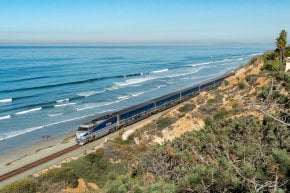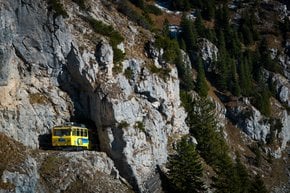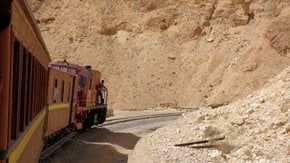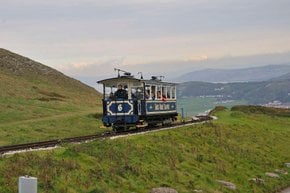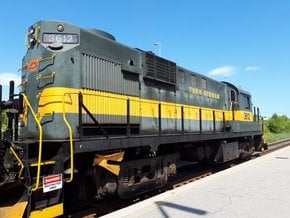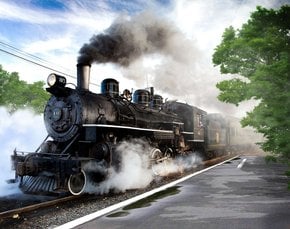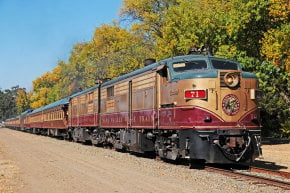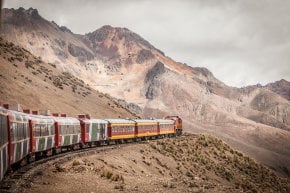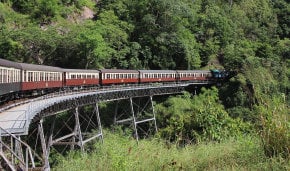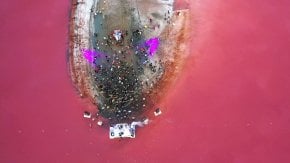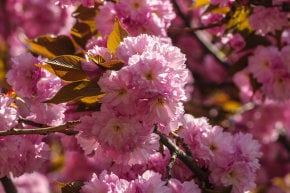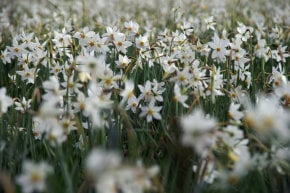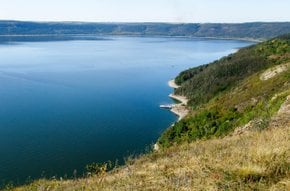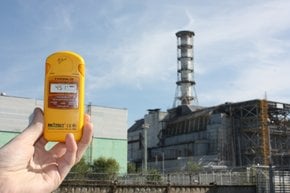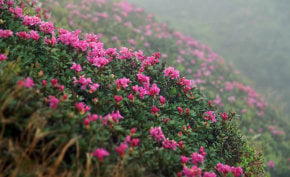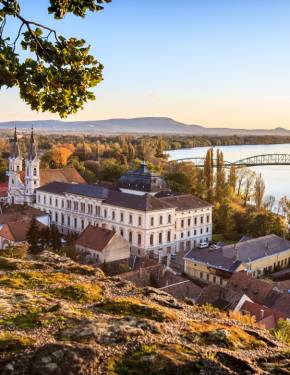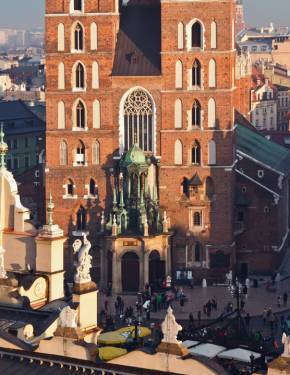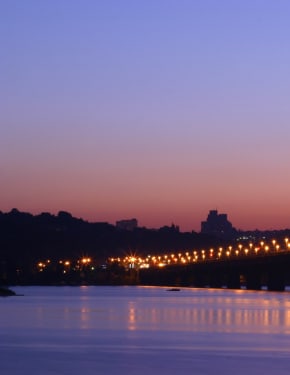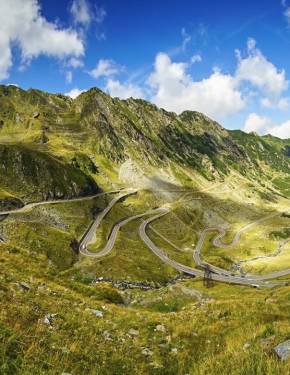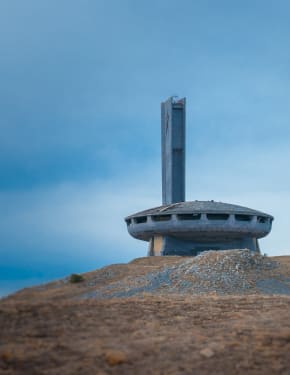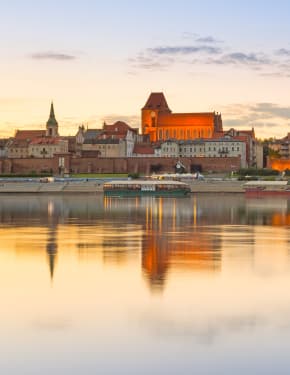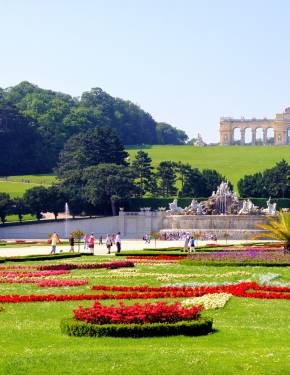Carpathian Tram in Ukraine 2026
Former industrial railway turned into a fascinating eco-friendly sight-seeing route
Best time: May–September (all year round)
Carpathian tram (well, technically it's a train) once used to be the property of a local landowner. It was built to export timber from Boykivshchyna region to Austro-Hungarian Empire. After a while, the railway was destroyed and abandoned. Locals renovated it in 2003, and since then it has been used not only to transport the woods but also to amuse Carpathian tourists.
The picturesque route lies across the ethnohistorical region Boykivshchyna. It's home to Boiky—people distinguished by their militant and at the same time pious disposition.
The route varies according to tourists' preferences: it could last from three to eight hours and include different stops. The start (and end) point is a town of Vyhoda named after its beneficial location at the rivers crossing (a Ukrainian word "vyhoda" means "benefit"). The major landmarks along the route include river bridges, mineral water springs, waterfalls, and the hunting bog "Shyrkovets." These marshlands are a protected natural area. Mind that marshy terrain is rather risky to cross without a guide—there're only five safe paths. At the final stop of "Dubovyi Kut," the travellers have an optional picnic time.
An extended itinerary also includes the first salt deposits of Solotvyno; a stop in Mundynok with historical insight into ancient forest exploitation; the ascent to Magura mountain (1362 m); the ornithological reserve of Dzurkach and others.
As for the season, the Carpathian tram operates all year round. Warm summer weather offers a better experience as you may swim in the rivers and waterfalls. However, colorful fall and snowy winter sceneries are also admirable.

